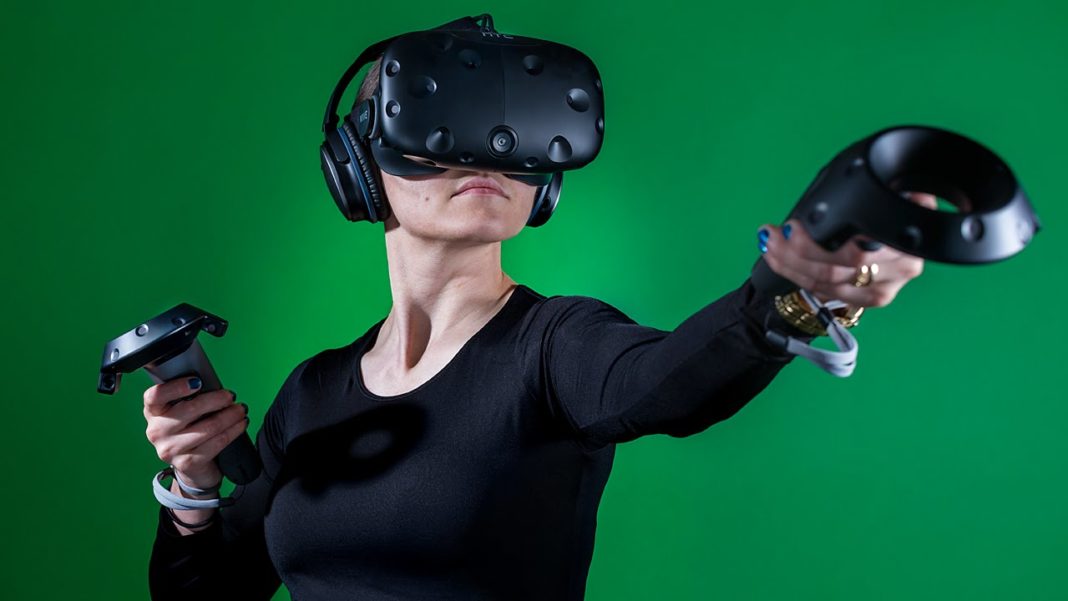Word recently broke that upwards of 500 companies are working on HTC Vive peripherals. This is fantastic news for virtual reality users. If even one-third of these companies come through with highly accurate sensors that enhance VR, it will greatly improve the virtual reality experience. The public is chomping at the bit for virtual reality tracking mechanisms that improve gameplay to the point that the physics replicate those of our real world.
The Virtual Reality We Have Been Dreaming Of
Valve, the maker of the HTC Vive VR headset, has decided to provide its positional tracking technology to third party companies without royalties. It is Valve’s attempt to increase the number of VR peripherals and enhance the game playing experience. It won’t be long until a myriad of virtual reality peripherals are available to accurately track game players’ movements. It is also likely that these peripherals will provide full-body virtual reality experiences as third-party companies will come up with all sorts of uber-cool accessories for the player’s full body. These peripherals just might be the key to VR gaining increased mainstream traction and stealing market share from video game console makers.

The Impact of Custom Motion Controllers on VR Fitness
VR fitness on the HTC Vive is about to get awfully interesting. Developers will create all sorts of custom motion controllers that make fitness-oriented games that much more responsive. It won’t be long until a steady stream of new motion controllers emerge. This is excellent news for those who are looking to engage in virtual workouts. Whether you desire to hit the virtual links for a round, play a game of virtual hockey or spend some time on the virtual water in a paddle boat, it will be possible. If you can imagine it, you will likely be able to do it in virtual reality. Prepare for an onslaught of awesome peripherals ranging from golf clubs to baseball bats, boat oars, hockey sticks and beyond. These peripherals will make exercise-oriented VR activities that much immersive.

Consider the situation of someone who lives in a snowy climate. He has no interest in winter sports yet loves video games. He is looking for a way to stay fit and gives VR fitness games a try. If the same motion controller was used for the majority of virtual reality exercise games, it probably would not prove to be that effective to someone looking for a virtual workout. Now that Valve has opened the door to 500 companies to create nuanced peripherals designed for specific motion-oriented activities, there won’t be any shortage of responsive accessories that replicate real-world physics. This is exactly what the VR industry needs to maintain its mainstream tipping point and extend its reach to the masses.

The Gates are Open
Look for a steady flow of HTC Vive peripherals to debut in the month and years ahead. In response, even more fitness VR games will be made as game designers and programmers can proceed in full confidence knowing a myriad of motion-oriented peripherals will be available. Lifelike VR activities are currently available yet there are even better versions coming through the pipeline. After all, working out in the virtual world is only as good as the motion sensor peripherals allow. HTC Vive has opened the gates to anyone and everyone who is interested in creating an accurate peripheral. This is the breakthrough we have all been waiting for. As long as these peripherals are reasonably priced, they will likely prove to be the catalyst that makes VR fitness games a hit with everyone from those in their golden years to little tikes and those in between.











